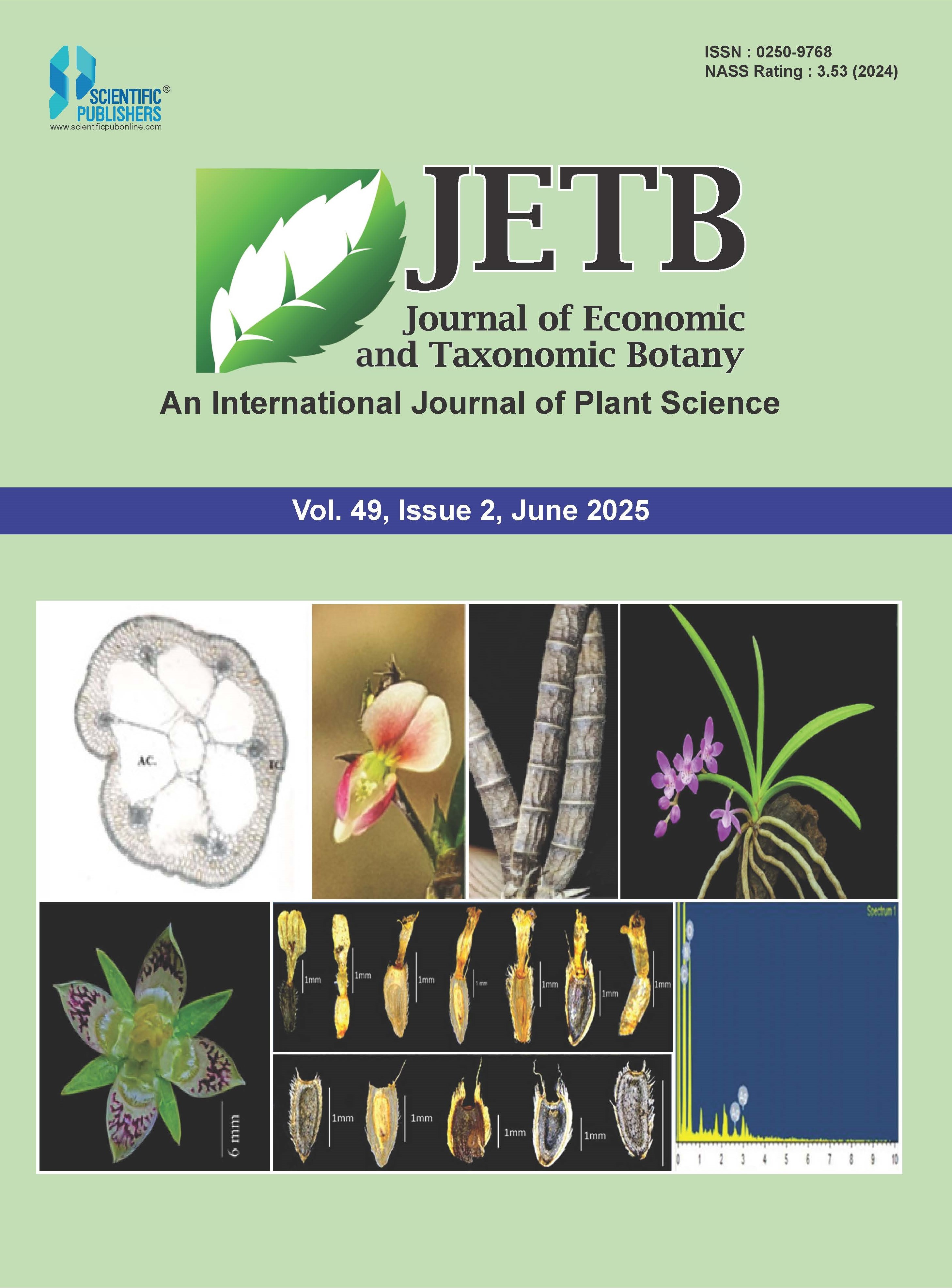Ethnobotanical survey covering Kalimpong hill subdivision (altitude to 3660 m) in the eastern Himalayan region of India was carried out by the present author during 2004-2006, following standard methods. The herbarium specimens were identified at CAL. Twelve species of flowering plants, widely used in the folk-medicine of this region, are highlighted in this paper. They have a broad spectrum of medicinal uses. New or less known healing applications of these plants were recorded. Such plants are mostly utilized by the Bhutias, Lepchas and Nepalis, the major ethnic communities of Kalimpong hills, bonded together by Nepali language. For each species, family, local names, life-form, altitude range and distribution, flowering and fruiting months, detailed uses, threat status of IUCN and annotations etc are given. Owing to over-exploitation, a number of medicinal and/or economically lucrative species are already under different categories of threat. Rauvolfia serpentina (L.) Benth. ex Kurz, has almost disappeared from this area as a result of ruthless exploitation during last twenty years. Abutilon indicum (L.) Sweet ssp. indicum, a potent diuretic plant, is now ―extinct‖ in the wild in Kalimpong and adjoining Darjeeling hills, albeit it was abundant there about two decades ago. Several other medicinally important species heavily exploited in the past are: Aconitum bisma (Buch.-Ham.) Rap., Arisaema consanguinatum Schott, Hedychium spicatum Sm., Panax pseudoginseng Wall., Piper longum L., Stephania glabra (Roxb.) Miers etc and consequently they are now threatened. Biopiracy of such important medicinal plants often takes place from this region which must be strictly prohibited. In general, the underground plant parts e.g. root/stem tuber, rhizome, root etc have remarkably high medicinal value. Such plants of Zingiberaceae, Costaceae, Araceae, Araliaceae, Menispermaceae, Ranunculaceae and many other families provide the real medical support in everyday life in the mountainous remote villages where the qualified doctor to people ratio is 1:4892. Its fascinating to see that when the era of ―telemedicine‖ is coming up and probably arrived at the most modern doors, the people living in far-flung Himalayan villages are still healed at nature‘s own dispensary. The information given in this paper will be useful for backing conservation strategies, and facilitate better understanding of phytotherapy research.






